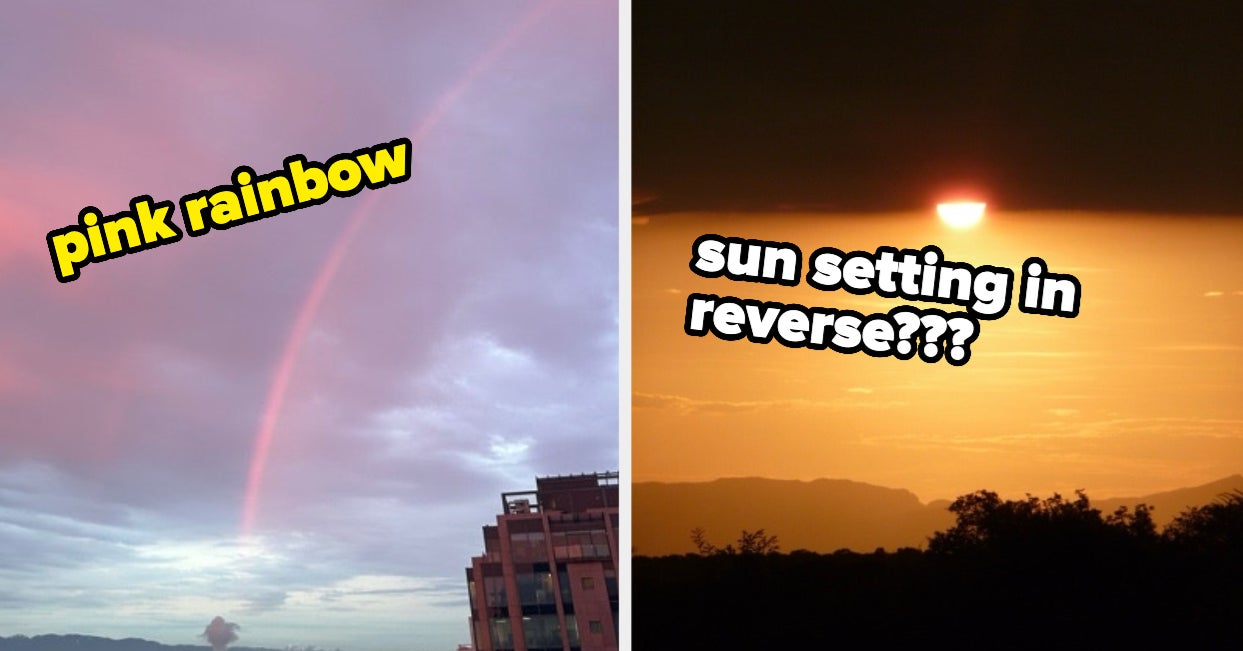BuzzFeed Inc. this week started publishing travel guides that were written with the help of artificial intelligence, and the results weren’t exactly mind-blowing.
It comes as no surprise that the internet media company is pushing AI-generated content. In January, BuzzFeed announced that this would be the case. After stating it would explore the possibility of content written with OpenAI LLC’s tool, ChatGPT, the company saw a rise in its stock price. It all sounded very exciting. At the time, Chief Executive Jonah Peretti said BuzzFeed would start “enhancing the quiz experience” but later test out other forms of content.
It seems the tests have arrived sooner than most people thought they would. This week the company published more than 40 travel guides, which it says were written by AI but “powered by human ideas.” In the company’s typical cutesy style, the AI deployed to do this work is named “Buzzy the Robot.”
Buzzy’s work won’t be compared to the likes of Paul Theroux anytime soon. In fact, one wonders why BuzzFeed even bothered at all. The articles are less than stagnantly generic, worse than the kind of search engine optimization garbage that pollutes the internet already. They don’t really tell you anything. A vague and overused adjective, in most cases, is put in front of a noun, and that’s it. “Unique culture, beautiful scenery, and amazing food.” Are we talking about Bisbee, Arizona, Casablanca, Morocco, or perhaps Kota Kinabalu, Borneo?
The platitudinous landmine “hidden gem” is littered throughout the articles, with other typical cliches such as “lively markets,” “homely eateries” and “amazing cuisines.” As Futurism pointed out, but it is obvious to anyone pretty soon, the word “gem,” whether “hidden” or just “secret,” actually pops up about 25 times. In just this handful of stories, the AI wrote “Now, I know what you’re thinking” seven times.
In the vast majority of the articles, if you took out the place names and asked people to guess the destination, they wouldn’t have a clue. Millions of places on our diverse lonely planet can be home to a “laid-back lifestyle” or “historic architecture” and can be a “great romantic getaway” where you can “travel back in time.” The whole point of a travel article is to pique the readers’ imaginations and make them feel as if they are there at this wonderfully unique place.
BuzzFeed did admit this was an “experiment,” but one has to wonder if the company or any other blog or platform is going to try to push content like this in the future. Peretti told CNN in January that such content is “depressing and dystopian,” but that evidently hasn’t stopped him from leading the way toward what will become a landfill of utterly useless travel guides.
“I think that there are two paths for AI in digital media,” he added in the interview. “One path is the obvious path that a lot of people will do — but it’s a depressing path — using the technology for cost savings and spamming out a bunch of SEO articles that are lower quality than what a journalist could do, but a 10th of the cost.”
Exactly. There’s something very depressing about a computer informing you of “gorgeous gardens” and exclaiming, “I don’t say this lightly, but it really feels like a portal to another dimension.” Some of the articles tell us you don’t have to “break the bank” to visit the destination.
Neither do you have to break the bank to hire a writer to research a place and create something distinctive or, God forbid, actually send a skilled storyteller to a destination. If this is the future, there’s going to be a lot of money in travel writing.
Photo: Matt Artz/Flickr
Show your support for our mission by joining our Cube Club and Cube Event Community of experts. Join the community that includes Amazon Web Services and Amazon.com CEO Andy Jassy, Dell Technologies founder and CEO Michael Dell, Intel CEO Pat Gelsinger and many more luminaries and experts.
Source link










Leave a Reply